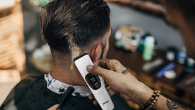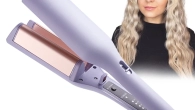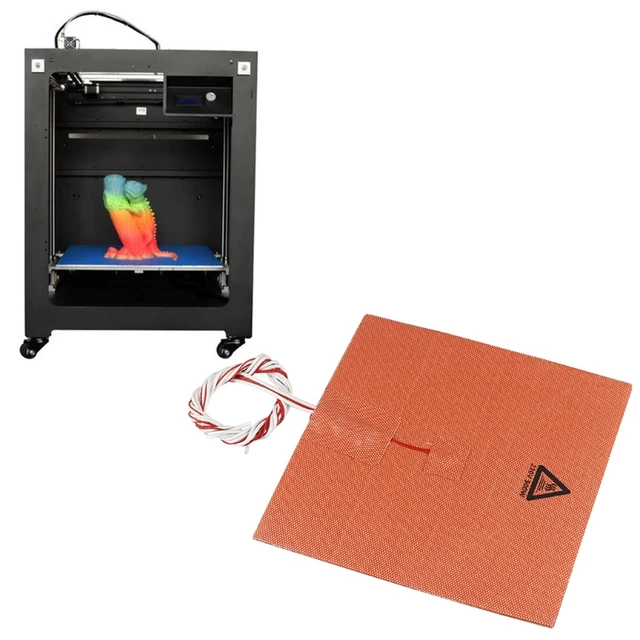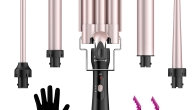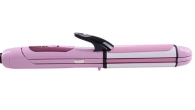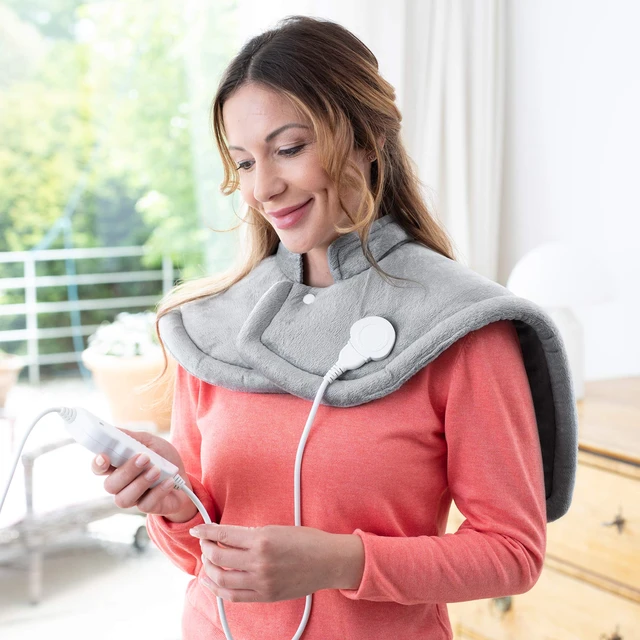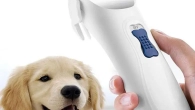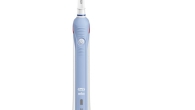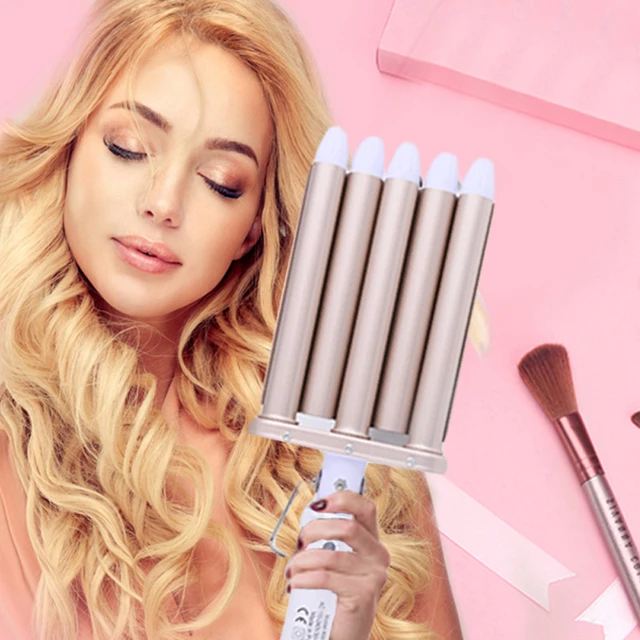
Is it better to curl hair with curling iron or straightener?
Introduction
When it comes to achieving beautiful curls, two popular styling tools come to mind: the curling iron and the straightener. Both tools have their unique features and techniques for creating different types of curls. In this guide, we will compare the benefits and drawbacks of curling hair with a curling iron versus a straightener, to help you make an informed decision based on your hair type, desired style, and personal preferences.
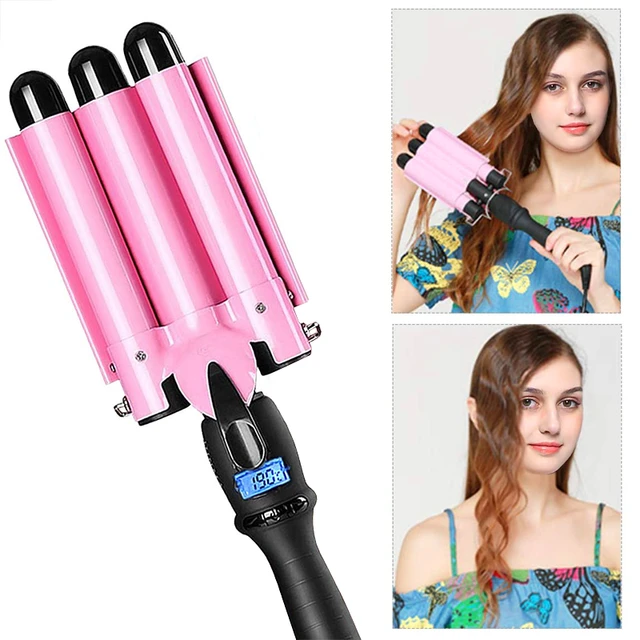
Is it better to curl hair with curling iron or straightener?
Curling Iron: Defined Curls and Versatility
1.1. Defined and Long-Lasting Curls
Curling irons are specifically designed for curling hair, making them a reliable choice for achieving well-defined curls. The barrel of a curling iron allows for more control and precision, resulting in curls that hold their shape for longer periods of time.
1.2. Wide Range of Curl Sizes
Curling irons are available in various barrel sizes, making it easy to select the desired curl size. Smaller barrels create tight curls, while larger barrels produce looser, more voluminous curls. This versatility allows for customization and experimentation with different curl styles.
1.3. Ease of Use for Beginners
Curling irons are generally straightforward to use, making them ideal for beginners or individuals who prefer a simpler hair curling process. The clip or clamp on the curling iron secures the hair in place, making it easier to wrap the hair around the barrel without the risk of burning the fingers.
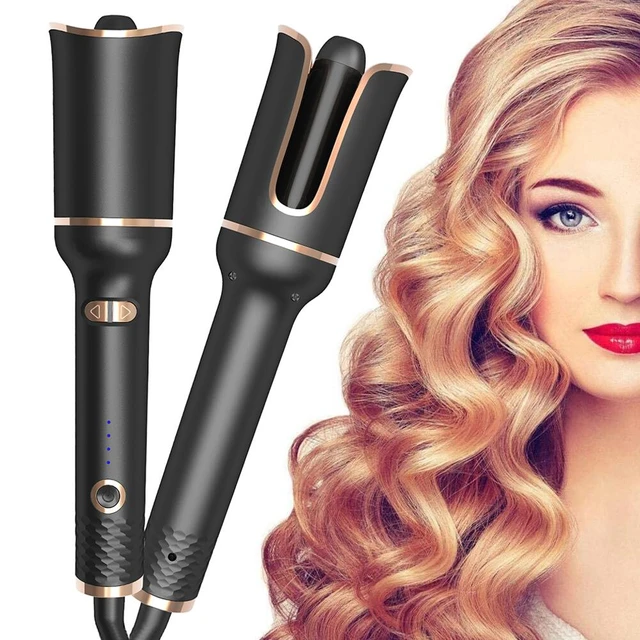
Straightener: Versatile Styling Tool
2.1. Effortless Waves and Loose Curls
While not primarily designed for curling, straighteners can create effortless waves and loose, beachy curls. The flat plates of a straightener allow for smooth gliding through the hair, resulting in a more natural and relaxed curl or wave pattern compared to the defined curls of a curling iron.
2.2. Dual Functionality for Straightening and Curling
One of the main advantages of a straightener is its dual functionality. Not only can it straighten the hair, but it can also be used to curl, making it a versatile styling tool. This eliminates the need for purchasing multiple tools, providing convenience and saving space.
2.3. Quick Heat-Up Time
Straighteners often have a quick heat-up time, allowing for faster styling. This feature is particularly beneficial for individuals with busy schedules or those who prefer a more time-efficient hair care routine.
Factors to Consider
3.1. Hair Type and Texture
Different hair types and textures may respond differently to curling with a curling iron or straightener. Generally, curling irons are suitable for most hair types, including fine, thick, and coarse hair, as they provide better control and produce defined curls. Straighteners work well on hair that is already relatively smooth and straight, as they can create softer waves or loose curls. However, those with extremely coarse or frizzy hair may find it more challenging to achieve desired results with a straightener alone.
3.2. Desired Curl Style
Consider the type of curl or wave style you want to achieve. If you prefer well-defined, bouncy curls or tight ringlets, a curling iron is likely the better choice. On the other hand, if you desire more relaxed waves or loose curls, a straightener can provide the desired effect. It’s important to note that a straightener may not produce as tight or long-lasting curls as a curling iron.
3.3. Skill and Experience
Consider your level of skill and experience with hairstyling tools. Curling irons may require more practice and technique to achieve the desired curls, particularly with maneuvering the hair around the barrel. Straighteners, on the other hand, can be more forgiving and easier to use, making them a good option for beginners or those who prefer simplicity.
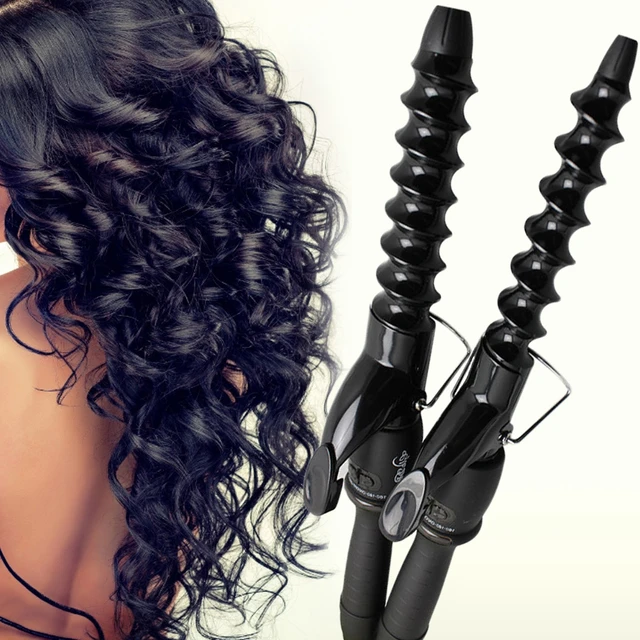
Hair Protection and Heat Damage
4.1. Heat Settings and Control
Both curling irons and straighteners offer adjustable heat settings, allowing you to customize the temperature based on your hair type and desired style. It is essential to use the appropriate heat setting to minimize heat damage and protect the hair from excessive heat exposure.
4.2. Heat Protectants
To further protect the hair from heat damage, it is recommended to apply a heat protectant product before using any styling tool. Heat protectants form a barrier between the hair and the heat, reducing the risk of dryness, frizz, and breakage caused by high temperatures.
Styling Techniques and Tips
5.1. Curling Iron Techniques
When using a curling iron, wrap the hair around the barrel, hold for a few seconds, and release. Experiment with different wrapping techniques, such as wrapping away from the face or alternating the direction of the curls, to achieve different styles and prevent the curls from blending together.
5.2. Straightener Techniques
When curling with a straightener, clamp the hair near the roots, twist the straightener away from the face, and glide it down the hair shaft. Practice twisting the straightener at different angles and directions to create a more natural and undone look.
Maintenance and Long-Term Effects
7.1. Longevity of Curls
Curls achieved with a curling iron generally have more staying power compared to curls created with a straightener. The heat and controlled grip of a curling iron help to set the curls more securely, making them last longer. On the other hand, curls formed with a straightener may loosen and relax more quickly due to the gliding motion and relatively less grip on the hair.
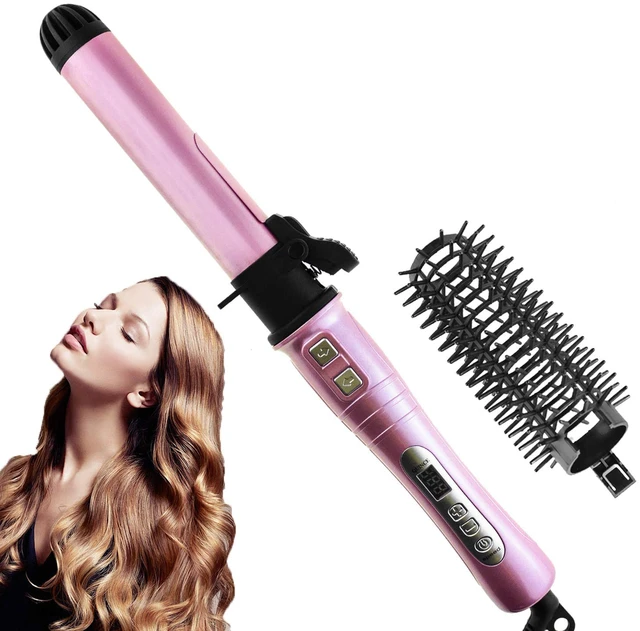
7.2. Humidity and Weather Considerations
Consider the climate and weather conditions in your area when choosing between a curling iron and a straightener. Curls created with a curling iron tend to hold up better in humid environments, where moisture can cause hair to lose its shape. Conversely, curls formed with a straightener may be more susceptible to humidity, resulting in quicker deflation or frizz.
7.3. Hair Damage and Protection
Proper hair care and protection are essential when using any heat styling tool. Both curling irons and straighteners can cause damage if used incorrectly or excessively. It is important to use heat protectants, set appropriate heat settings, and limit heat exposure to prevent excessive dryness, breakage, or other heat-related issues. Incorporating deep conditioning treatments and regular trimming into your hair care routine can also help minimize damage caused by heat styling.
Personal Experimentation and Preference
8.1. Individual Hair Characteristics
Every individual’s hair is unique, and what works for one person may not work for another. Factors such as hair thickness, texture, length, and overall health can influence how well curls are achieved and maintained with a curling iron or straightener. It may be necessary to experiment with both tools to find the best fit for your specific hair characteristics.
8.2. Styling Preferences
Consider your personal style and desired look when choosing between a curling iron and a straightener. If you prefer more defined and structured curls, a curling iron may be your preferred tool. Alternatively, if you favor a more relaxed and effortless aesthetic, a straightener can help you achieve loose waves or casual curls.
8.3. Versatility and Multi-Purpose Use
If you’re looking for a multi-purpose styling tool that can not only curl but also straighten your hair, a straightener offers greater versatility. Investing in a high-quality straightener can provide you with the flexibility to create a range of styles, from sleek straight hair to loose waves or curls.
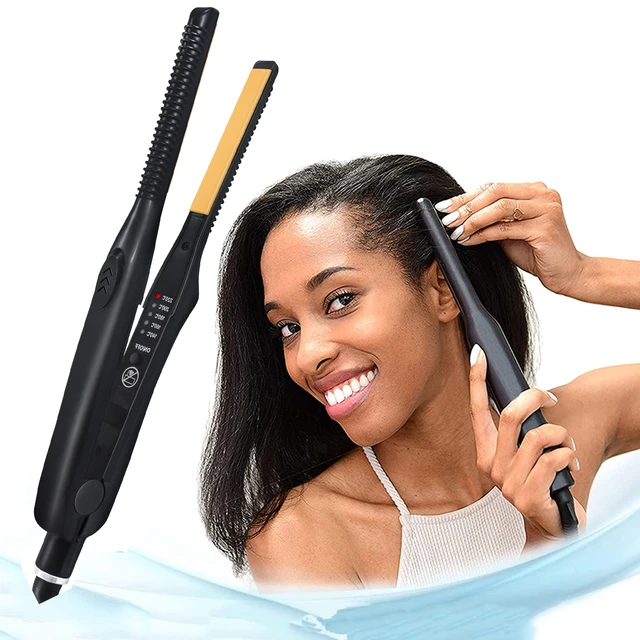
Conclusion
Choosing between a curling iron and a straightener for curling hair depends on your hair type, desired curl style, and personal preferences. Curling irons offer defined and long-lasting curls, versatility in curl sizes, and ease of use for beginners. Straighteners, while not primarily designed for curling, can create effortless waves and loose curls, offering versatility and dual functionality. Consider factors such as hair type and desired curl style, as well as your level of experience and skill with hairstyling tools. Protecting the hair from heat damage through proper heat settings and the use of heat protectants is essential regardless of the tool chosen. Experiment with different styling techniques and practice to achieve the desired results. Remember, personal experimentation and finding what works best for your hair will lead to the most successful and satisfying curling experience.




